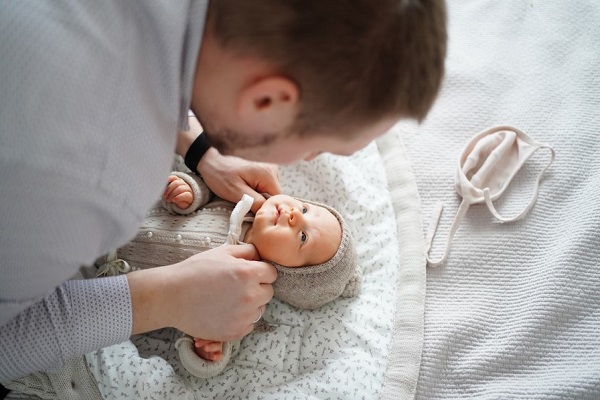Government to pay super on paid parental leave

The government has announced that from 1 July 2025, it will commence paying superannuation on Government Paid Parental Leave (PPL).
This comes on the back of calls by various interest groups pointing to many reports which show that retiring women, on average, have 25% less superannuation than men due to taking time out of the workforce to raise children.
“[Paying super on Government parental leave] helps normalise taking time off work for caring responsibilities and reinforces Paid Parental Leave is not a welfare payment – it is a workplace entitlement just like annual and sick leave.” – Minister for Social Services, Amanda Rishworth
Duplicate the above container for more 2 column sections OR Duplicate the below container for 1 column text only sections. (DON’T FORGET TO DELETE THIS CONTAINER)
The current paid parental leave scheme
According to the government, this reform, along with the proposed expansion to Paid Parental Leave, is key to women’s economic security and is beneficial for the broader economy. Currently, subject to meeting eligibility conditions, a family can receive up to 20 weeks (or 100 payable days) of Government PPL at rate of $176.55 a day before tax or $882.75 per 5-day week (at the national minimum wage for children born or adopted from 1 July 2023). 2 weeks out of the 20 weeks is reserved for each parent.
Current eligibility conditions for the government PPL payment include:
- caring for a child who was born or adopted from 1 July 2023.
- meeting the income test – individual adjusted taxable income must be $168,865 or less in the 2023-23 financial year. If the individual income test cannot be met, the family income test can be used. Under the family income test, an individual can qualify for government PPL if their combined adjusted taxable income, along with that of their partner, is $350,000 or less.
- not be working on parental leave pay days, except for allowable reasons.
- meeting the work test – the individuals must have worked for 10 of the 13 months before the birth or adoption of the child, and for a minimum of 330 hours (around 1 day a week), in that 10-month period.
- meeting the residency rules – the individual must be living in Australia and have either: Australian citizenship; a permanent visa; a special category visa; a certain temporary visa. Newly arrived residents may have to wait 2 years before getting the government PPL.
- registering or applying to register the child’s birth with State or Territory birth registry if a newborn.
Expansion of the paid parental leave scheme
With the passing of recent legislation, the PPL scheme will be expanded from 1 July 2024. From that date, individuals and families will have access to an extra 2 weeks of leave (22 weeks in total) which will increase to 24 weeks from 1 July 2025 and to 26 weeks from 1 July 2026. This means a total of 6 additional weeks of PPL for new parents, and by 2026, a total of 4 weeks will be reserved for each parent on a use it or lose it basis, which will help encourage greater sharing the care responsibilities.
The number of PPL days that a family is able to take together at the same time will also be increased to 4 weeks from 1 July 2025 from the current 2 weeks, which will increase flexibility for families and support parents to take time off work together.
It is hoped that these changes, along with reforms to childcare and parenting payment, will mean a more dignified and secure retirement for more Australian women.
Disclaimer: The information on this page is for general information purposes only and is not specific to any particular person or situation. There are many factors that may affect your particular circumstances. You should seek professional advice from a suitably qualified and licensed advisor before making any decisions.
